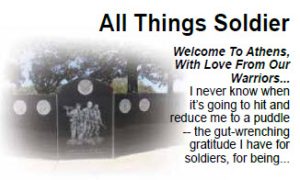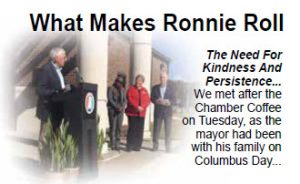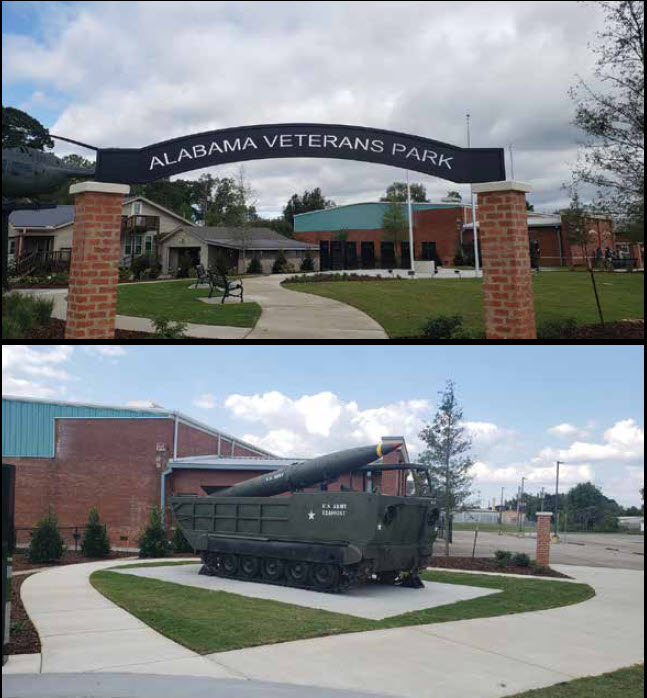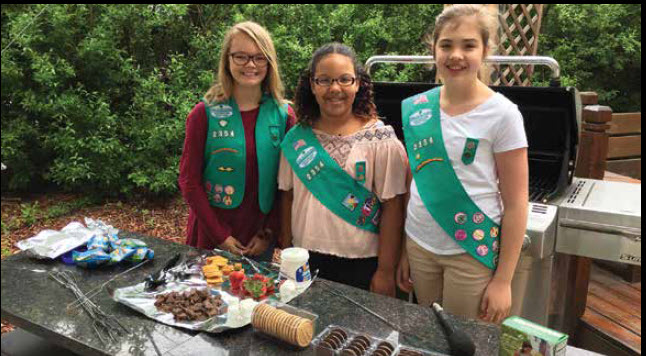 By: Ali Elizabeth Turner
By: Ali Elizabeth Turner
In this nascent Noel season of 2023, a story of a soldier giving back in a powerful way, along with inspiring other fellow service members to do the same, is a tale of inspiration that from my perch is just what the doctor ordered.
Specialist Christian Sutton with the 40th Brigade Engineer Battalion out of Ft. Bliss in El Paso is known on base and beyond as “The Bone Marrow Guy.” He and his band of brothers and sisters have started a movement to make a dent in the need for bone marrow donations, and so far, they are just shy of the 4,000 mark with no end in sight.
Thousands of people each year find themselves in need of a critically important procedure involving bone marrow from a donor. While there are donors through both the National Bone Marrow Registry as well as another program offered through the Department of Defense, this is the only one that has been started and maintained by a soldier, and a specialist at that.
He got the inspiration for Operation Ring the Bell while attending a concert, and “Ringing the Bell” is a part of the celebration process of cancer patients when they complete their treatment. That tradition was started at M.D. Anderson Cancer Center.
Sutton said that while he was at the punk rock concert that he really didn’t want to attend in the first place he “saw a table registering people who are going to the National Bone Marrow Registry,” Sutton told Military Times. “I really liked the idea. If it was simple enough to register drunk people in a mosh pit, it was probably easy enough to do in the Army.”
“Our goal is to create literally every resource, dataset, and proof of concept to give the Army the tools to seize its potential to instantly become the largest source of donors in the U.S.,” Sutton recently wrote on Reddit.
Donation is almost always an anonymous process, and because of the way the process works, the recipients typically don’t get to meet their donors and vice versa. However, that is not a hard and fast rule.
“Donors usually don’t meet or find out much about their recipient, unless the recipient consents to that…unless they want to meet you,” Sutton said.
It starts with registering and then taking a swab, and your info is placed in the registry. There are subsequent tests taken if you look like a good match for a would-be recipient, and then there is a blood draw. Because the exchange centers on stem cells, the most discomfort experienced typically is fatigue that lasts for about three days.
Even though there are no medals getting pinned on chests for donating bone marrow, being recognized or known even as the Bone Marrow Guy is not what lights Sutton up; it’s actually serving beyond military service that does it.
“It was pretty eye-opening to be able to find a way of serving that both fit within what I found important, as well as finding that much support from the leaders that I’ve met while doing this,” he said. “So, I think I think it fits within what the Army does. It’s just a different avenue of service and different idea of service, but it’s all service.”
Specialist Sutton is working to get the donation process streamlined so that more soldiers can give, and more of those in need of a bone marrow donation can receive, and may Operation Ring the Bell continue to make its inspiring “music.”
By: Ali Elizabeth Turner










 October 18, 2024
October 18, 2024




